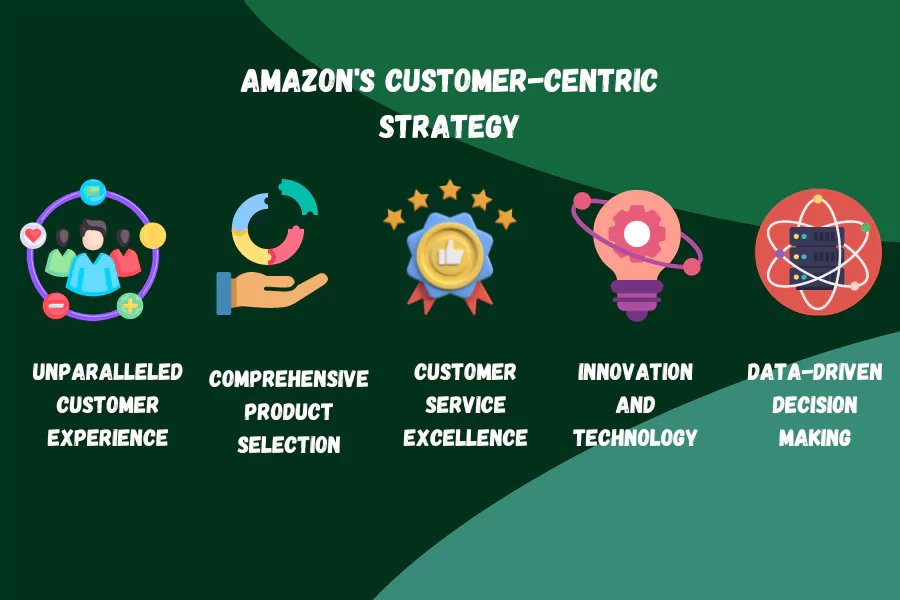Examine How Companies Optimise Engagement and Conversion Rates with A/B Testing
A/B testing, also known as split testing, is a method used by companies to compare two versions of a web page, email, or other marketing asset to determine which one performs better in terms of engagement and conversion rates. By systematically testing variations, businesses can make data-driven decisions to optimise their marketing strategies. Here’s an in-depth examination of how companies use A/B testing to enhance engagement and conversion rates:

Understanding A/B Testing
A/B testing involves creating two versions of a marketing asset (Version A and Version B) that differ in a single element, such as the headline, image, call-to-action (CTA), or layout. These versions are then shown to two random segments of the audience simultaneously. Performance metrics such as click-through rates (CTR), conversion rates, and engagement levels are tracked to determine which version yields better results.
Steps in A/B Testing
- Identify the Objective: The first step in A/B testing is to define clear objectives. This could be increasing the CTR of an email, boosting the conversion rate on a landing page, or enhancing user engagement on a website.
- Formulate a Hypothesis: Based on the objective, formulate a hypothesis about what change might improve performance. For example, "Changing the CTA button colour from green to red will increase the conversion rate."
- Create Variations: Develop two versions of the content. Version A is the control (original), and Version B is the variant with the proposed change.
- Split the Audience: Randomly divide the audience into two groups. One group sees Version A, while the other sees Version B. This ensures that external factors affecting user behaviour are evenly distributed between the two groups.
- Run the Test: Launch the A/B test and run it for a sufficient period to gather enough data for statistical significance. This period depends on the volume of traffic or email recipients and the expected impact size.
- Analyse Results: Compare the performance metrics of the two versions. Tools like Google Analytics, Optimizely, or HubSpot can help track and analyse the results to determine which version performed better.
- Implement Changes: If the variant (Version B) outperforms the control (Version A), implement the changes permanently. If not, the original remains in place, and new hypotheses can be tested.
Optimising Engagement and Conversion Rates
1. Improving Website Elements: Companies often use A/B testing to optimise various elements of their websites. For example, changing the headline, images, or CTA buttons can significantly impact user engagement and conversion rates. An e-commerce site might test different product page layouts to see which one leads to higher purchases.
2. Enhancing Email Campaigns: A/B testing in email marketing can optimise subject lines, email content, CTA buttons, and sending times. For instance, a company might test whether a personalised subject line performs better than a generic one in increasing open rates.
3. Refining Ad Campaigns: A/B testing is also used to improve the effectiveness of online ads. By testing different ad copies, images, or targeting strategies, companies can determine which versions generate more clicks and conversions. This leads to more efficient use of advertising budgets.
4. Boosting Landing Page Performance: Landing pages are critical for conversions. A/B testing different elements such as headlines, images, forms, and CTAs helps optimise the page to increase the likelihood of visitors taking the desired action, such as signing up for a newsletter or making a purchase.
5. User Experience (UX) Enhancements: Improving the overall user experience through A/B testing can lead to higher engagement and conversions. Testing different navigation structures, page layouts, or interactive elements ensures that the website is user-friendly and meets the needs of the audience.
Case Studies
Netflix: Netflix uses A/B testing extensively to optimise user experience. They test different layouts, recommendation algorithms, and even thumbnails to see which versions keep viewers engaged longer and prompt them to watch more content.
Booking.com: Booking.com is known for its rigorous A/B testing culture. They constantly test various elements of their site, from the wording of urgent messages (e.g., "Only 2 rooms left!") to the display of reviews, to optimise for higher bookings.
Active Events
The Future of SEO: Master Today's Trends for Tomorrow's Success
Date: Feburary 26, 2025 | 7:00 PM(IST)
7:00 PM(IST) - 8:10 PM(IST)
2451 people have registered
Transition from Non-Data Science to Data Science Roles
Date: Feburary 27, 2025 | 7:00 PM (IST)
7:00 PM (IST) - 8:10 PM (IST)
2753 people have registered
Bootcamps
Digital Marketing Bootcamp
- Duration:4 Months
- Start Date:Feb 9, 2025
Data Science Bootcamp
- Duration:4 Months
- Start Date:Feb 9, 2025
